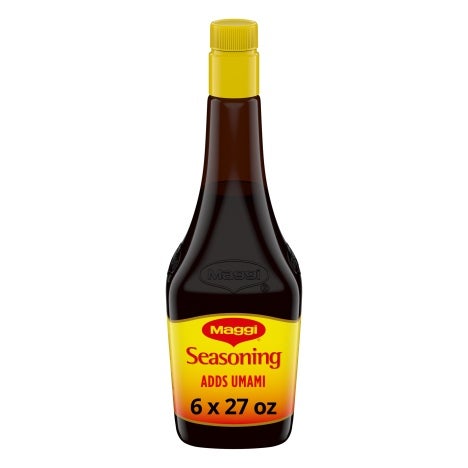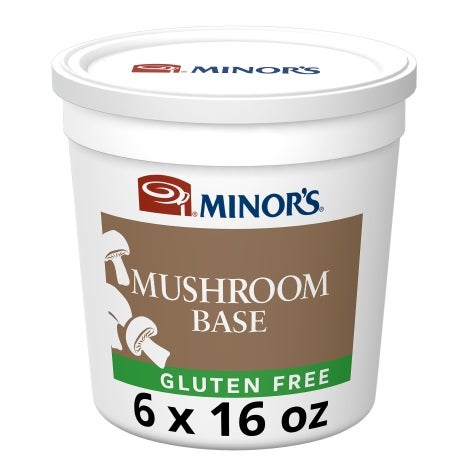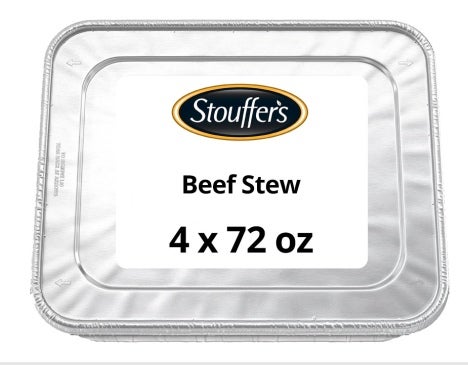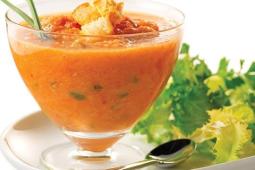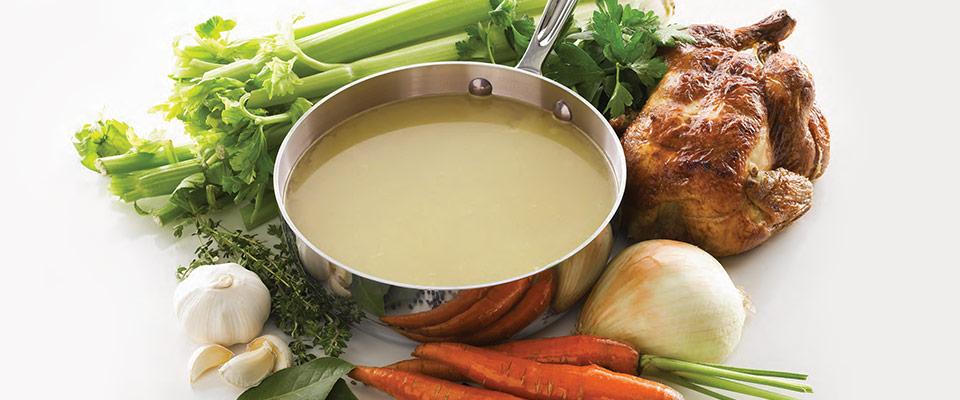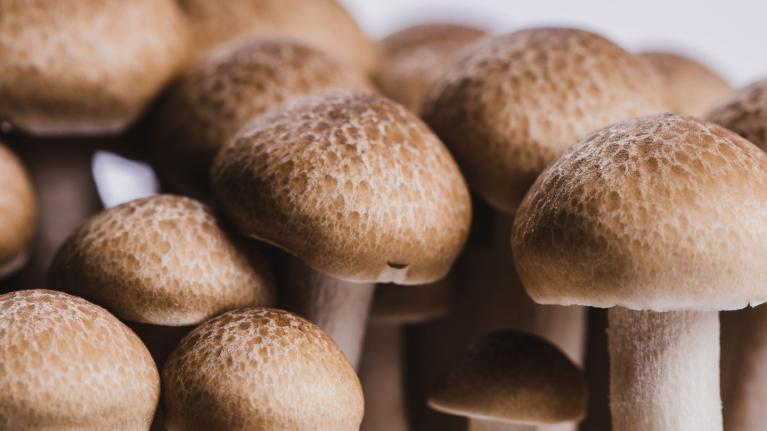
Menu Pro Tips: 5 Ways to Showcase Umami on a Menu
Savory and complex, umami adds depth to a wide range of recipes and cuisines. Get tips and inspiration on how to incorporate umami on your menu.
Umami, commonly referred to as “the fifth taste,” is found in many common ingredients that offer meaty, savory, complex layers of flavor. Here's how to highlight them.
- Natural umami flavor exists in dried mushrooms, hard cheeses like Parmesan, and concentrated tomato paste. Add these ingredients to salads, soups, or sandwiches, where it makes sense.
- Fermented ingredients are a quick and easy way to add a boost of umami to a dish. Try integrating kimchi, miso, tempeh, sauerkraut, or Worcestershire sauce into a sandwich, burger, pasta dish, or soup.
- Meaty flavor can be achieved in plant-based menu items when you add ingredients like kimchi, seaweed, soy sauce, dried mushrooms, or nutritional yeast. Roasting, grilling, and braising vegetables draws out their natural glutamates, resulting in a “meaty” flavor.
- Salt-cured meats feature a savory, salty umami flavor that’s delicious on charcuterie boards, sandwiches, pizzas, and more. Try pepperoni, salami, prosciutto, chorizo, pancetta, and guanciale.
- Even small tweaks to a recipe can make a big difference. Try a splash of soy sauce added to chicken or steak during the cook or integrate a dollop of tomato paste into ground beef while it browns.
Allergy Warning
Avoid adding umami-rich anchovy paste or oyster sauce to recipes that could be consumed by vegetarians or those who may have seafood allergies unless your menu clearly states the addition.
The History of Umami
In the early 1900s, Dr. Kikunae Ikeda discovered a taste beyond the basic salty, sweet, bitter, and sour. When eating kelp dashi, he experienced a savory flavor, which he called “umami.” Further experiments led him to discover that glutamic acid was the primary source of the umami (savory) taste in the kelp dashi. Ikeda patented a production method for creating an umami seasoning product in 1908 using glutamic acid as the primary ingredient: monosodium glutamate, or MSG.1
Umami Cheat
Want a quick way to remember which foods contain the most umami? Umami is strongest when a food has had a chance to ferment, age, or cure, helping to break down the food’s glutamates. Aged cheeses and meats will have more umami than fresh. Cured meats will have more umami than their uncured counterparts. Ripened fruits and vegetables have more umami than unripe.
Umami Menu Inspiration
- Miso Glazed Chilean Sea Bass, sautéed with sesame-orange spinach, arugula, and pickled red onion (Fleming’s Prime Steakhouse & Wine Bar)
- Umami Sliders with ground Kobe beef, spicy shallot aioli, and ginger pickles (Mamanoko)
- Egg Meurette with mushrooms, broccoli, bacon, and red wine reduction (Brassica)
- Mushroom and Truffle Tagliatelle with pecorino, braised mushrooms, baby spinach, and shaved black truffle (STK Steakhouse)
- Spicy Ramen Bowl with ramen noodles, miso broth, grilled tofu, garlic Bok choy, veggies of the day, roasted mushrooms, and sriracha (Real Food Daily)
How to Market Umami
As plant-based foods continue to trend upward, umami has become an important flavor profile in meat-free offerings. Focusing restaurant marketing efforts toward new and limited-time-offer umami-rich menu items can attract new and returning customers.
- Host a cocktail/wine pairing night that features an umami-boosted menu.
- Offer a private cooking class/demonstration with your executive chef that showcases how to cook with umami.
- Choose a specific day of the week to feature umami-rich menu items on social media and pick a clever name like “Umami Monday!"
Source: Umami Information Center
The information provided is based on a general industry overview, and is not specific to your business operation. Each business is unique and decisions related to your business should be made after consultation with appropriate experts.
